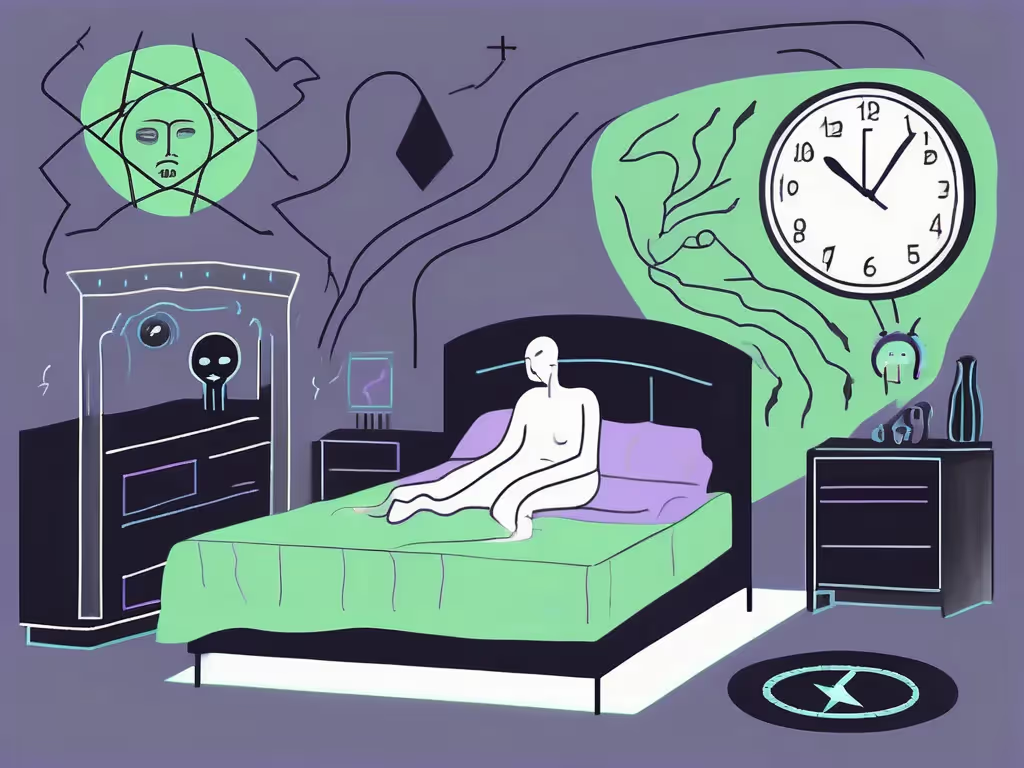When we tell people to "take deep breath," we all know that means to "calm down." There is a reason we automatically associate attention to breath with stress or extreme emotions. To control our physiology in a stressful situation is to take control of ourselves in the moment.
Breathing exercises are powerful, but there are great benefits to doing more than just "take a deep breath." By learning a few targeted breath practices, you can reduce stress at home and work and find ways to boost energy or calm down, as needed. Even a focused awareness of the breath can change how you respond to stress in potent ways.
Guided breath practices will give you a framework and teach you how to work with your breath most productively. When we face stressors or anxious thoughts, the breath can help remind us to find balance and calm.
Guided Breathing Techniques
The benefits of guided breathing exercises in managing stress and anxiety include increased calm, a regulated nervous system, clarity, better mood, better sleep, and even better circulation. Once we learn to manage our breath, we can better work with our bodies to create the perfect environment for clear decision-making. One of the best ways to do this is by combining breath with meditation to enhance focus and awareness of sensation.
4-7-8 Breathing Technique: A Deep Dive
The 4-7-8 breathing technique is very supportive in helping you to calm down after a long day and find more restful sleep. It does this by emphasizing the exhale. To correctly perform the 4-7-8 breathing technique, find a comfortable position and begin to relax your body. Breathe in slowly through your nose to a count of 4. Hold the breath for a count of 7 and exhale for a count of 8. Give yourself a few rounds to get used to the extended hold and exhale. This technique is best leveraged to find increased calm during your day, or before bedtime.
Box Breathing
Box breathing works by inhaling, holding, exhaling, and holding for an equal amount of time. The count of 4 is often a good place to begin. Inhale to the count of 4, hold your breath for a count of 4, exhale for 4, and hold out for 4. To try this process for the first time, repeat for 5 rounds. This technique has been taught to Navy SEALs to cope with stress, and it has been proven that repetitions of this mindful breathing exercise can do wonders to help us find more balance in our day or release persistent, stressful thoughts.
Nadi Shodhana Pranayama
Nadi shodhana pranayama is a yogic breathing exercise also called alternate nostril breathing. Block your right nostril with your thumb and inhale through the left slowly and deeply. Then block the left and exhale through the right. Begin again by inhaling through the right, blocking it, then exhaling through the left. Inhale through the left, and continue on like that for a few minutes. Alternate nostril breathing takes a bit of focus and eases stress.
Diaphragmatic Breathing Practice
Many of us default to shallow breathing throughout our day, especially if we are not active. According to the Cleveland Clinic, "Diaphragmatic breathing ... offers several benefits to your body including reducing your blood pressure and heart rate and improving relaxation." The diaphragm is positioned at the base of our lungs, so this practice is synonymous with deep breath practice or belly breathing. I first learned the term in a yoga class focused on stress reduction, but this technique can also help you to get a little dose of positive energy when tired. The way to practice is to sit tall or ensure you have a straight spine. Inhale through your nostrils and direct the breath past the lungs so that it pushes down on the diaphragm. Continuing this deep breathing pattern for 2-3 minutes can ease anxiety or stress and bring a sense of both clarity and calm.
Integrating Guided Breathing into Daily Life
Incorporating breathing exercises into your daily routine can be incredibly easy. You can include breath practice during your meditation practice by focusing on the temperature and quality of the breath as you inhale through the nose and exhale through the nose or mouth. But deep breathing can happen at any time. You can take a slow and intentional deep breath right in the middle of a stressful meeting or conversation. You can get in the habit of breathing mindfully during commutes or utilize guided breathing as a tool for stress management right before you go to bed. How to maintain consistency and motivation for long-term benefit ultimately comes down to remembering to breathe. For me, keeping notes around my office and house that says, simply, "breathe," work wonders. Yoga classes are an excellent way to integrate more attentive breathing into your life due to the practice's direct emphasis on the breath as it relates to movement.
The Role of Mindfulness in Guided Breathing
Building a breath-based stress management routine will work hand-in-hand with mindfulness practices in your life. By slowing the mind down and focusing on what is happening right now, we begin to see things clearer. Mindful practices also naturally support us by allowing us to adopt a more accepting perspective on what is happening. To be consciously mindful is not to be reactive but rather to be the compassionate watcher.
“Breath is the bridge which connects life to consciousness, which unites your body to your thoughts. Whenever your mind becomes scattered, use your breath as the means to take hold of your mind again.” ― Thich Nhat Hanh
So how do we remember to take that deep breath when we need to, and how do we continue to integrate breath practices into our lives?
One way to incorporate any of these techniques is a breathing meditation. You can use the breath to introduce meditation or as a meditation in itself by simply placing all of your focus on each step. If you do not have time to sit down and meditate, you can still see lasting changes using mindfulness. Mindfulness will be your supporter and guide during life's challenging moments when we are usually inclined to take shallow breaths.
Remember, as always, to be patient with yourself. Try leaving notes for yourself or reminders, or setting an alarm on your phone if you forget. To keep yourself accountable and remember to check in with your breath, you can also send yourself a daily calendar invite that reminds you to take a few mindful inhales and exhales.
If you’re looking for more guidance and community support, along with breath-focused meditations to support your journey, join me at Aura, the most holistic meditation app on the market, for 30 days free.



.webp)







.avif)

%20(1).avif)


.avif)
.avif)
.webp)


.avif)


















































































































.avif)

















.svg)









